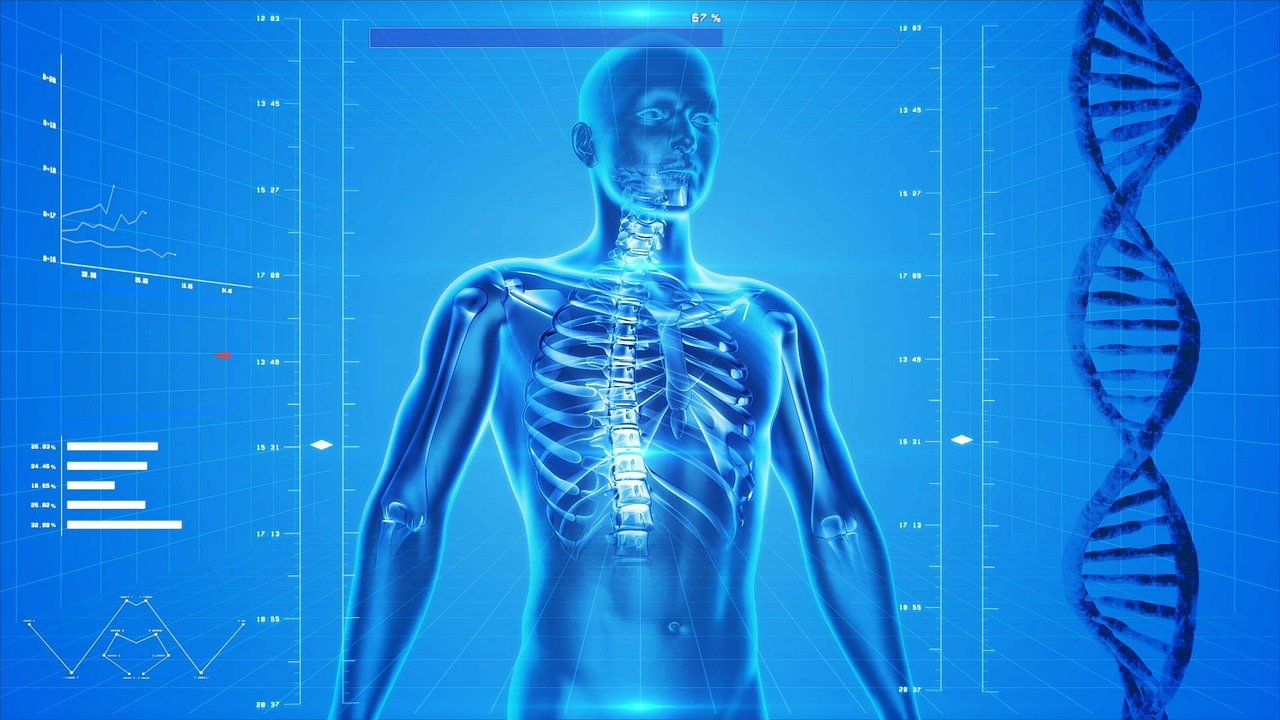
Israel is a world leader in medical and paramedical research, and bioengineering capabilities.
Biotechnology, medical, and clinical research account for over half of Israel’s scientific publications, and the industrial sector uses this extensive knowledge to develop new pharmaceuticals, medical equipment, and treatment therapies.
Among other areas of medicine, Israel is a leader in stem cell research, with the largest number of articles, patents, and research studies per capita, as well as research into regenerative medicine and medical marijuana.
Israel’s universal use of electronic health records and other digital tools, as well as predictive algorithms to help prevent and manage complex health problems, has helped Israel’s health system gain the ranking of the third most efficient in the world in 2020.
Its health care system runs lean, and this creates an appetite and aptitude for innovation.
Which makes sense because all of Israel’s nine public universities, and some of its colleges, are subsidized by the government, and students pay only a small part of the actual cost of tuition.
Further financial assistance is provided by student loans, grants, and scholarships approved by the Ministry of Education.
Since 1995, Israel’s National Health Insurance (NHI) law has ensured universal coverage for citizens and permanent residents, including Arab citizens of Israel but not residents of Palestinian territories – namely the West Bank, including East Jerusalem, and the Gaza Strip.
Healthcare in Israel is universal and participation in a medical insurance plan is compulsory.
All Israeli residents are entitled to basic health care as a fundamental right.
In the end of 2014, there were 85 hospitals in Israel: 44 general hospitals, 12 mental health hospitals, 29 specialized hospitals (geriatric and rehabilitation centers), as well as 278 residential long-term facilities.
The Health Basket covers all costs of medical diagnosis and treatment in the areas of family medicine, hospitalization (general, maternity, psychiatric and chronic), preventive medicine, surgery (including elective surgery), transplants, treatment for drug abuse and alcoholism, medical equipment and appliances, first aid and transportation to a medical facility, obstetrics and fertility treatment, medications approved under the National Health Basket (which is updated every year), treatment of chronic diseases and paramedical services such as physiotherapy and occupational therapy, and mental healthcare.
IVF treatments for the first two children up to the age of 45 and abortions are also covered.
Israel’s healthcare system is funded via taxes and government funding.
Wage-earners and the self-employed must pay 3.1% of their monthly salary up to 60% of the average prevailing market wage up to a maximum of ILS 5,804 (appx. $1,772 in 2021), and 5% of anything earned above it.
Employers are legally obligated to deduct insurance contributions from their employees’ salaries, while the self-employed must arrange payment on their own.
And Israel is emerging as a popular destination for medical tourists looking for both more advanced and less expensive medical procedures.
According to a report in 2013, the number of patients from Eastern Europe, Cyprus, the United States, and Russia seeking much cheaper medical treatment at Israel’s public and private hospitals is growing.
Income from medical tourism was assessed at about $140 million in 2012.
Although most residents are covered under the National Health Insurance Law, some exceptions apply to people who receive state-funded healthcare through other means.
All soldiers except those who were found medically unfit for service but volunteered are not covered by their NIH Plan during their military service, but receive healthcare through the military healthcare system.
Upon leaving the military, soldiers rejoin their previous NIH Plan, while disabled veterans are covered by the Ministry of Defense.
Also excepted are residents of the Palestinian territories.
A significant number of residents of the Palestinian territories seek medical treatment in Israel, often for sophisticated tests or treatments not available at Palestinian hospitals.
Their treatment is paid for under a financial arrangement with the Palestinian Authority, or in some cases, at their own expense.
Medical treatment for Gaza Strip residents is paid for by the Palestinian Authority or organizations such as the Peres Center for Peace.
The Palestinian Authority’s Ministry of Health reported spending approximately $42 million in 2011 to finance medical coverage of Palestinians in Israeli hospitals and the Arab World.
Currently, the Palestinian territories have approximately 60 hospitals and medical centers within the region, with numerous other medical research institutes pursuing initiatives on various medical advances including issues like cancer and Parkinson’s Disease treatments, as well as stem-cell research.
To say the least, the Palestinian system does not have the resources or results of its Israeli counterpart.
Spending was USD 294 per Palestinian in 2012 (compared to USD 2,046 per Israeli in 2011).
Palestinian life expectancy at birth in 2015 was 70.7 years for men and 74.7 years for women, and infant mortality in 2014 was 12.6 deaths per 1,000 live births (compared to Israeli 2015 infant mortality rate of 3.1 deaths per 1,000 births, and life expectancy at birth of 80.1 years for men and 84.1 years for women in 2015).
The Palestinian system is hampered by shortages of funding, personnel, and medications and by the pervasive poverty in occupied territories.
Restrictions on movement in the occupied territories are also a huge problem for patients and providers.
There was no avoiding the conclusion that Palestinian health care is vastly inferior to the Israelis’, or that politics is a pervasive influence in the Israeli and Palestinian health care systems, much like politics is a huge influence on the U.S. health care system.
The ethnic and income divides that animate U.S. health care politics are better concealed than the Israeli and Palestinian versions, but they are just as important.
Access to advanced technology, education, daycare, family leave, and healthcare would positively reshape the lives of many Americans… if we can get past the politics that prevent it, together.